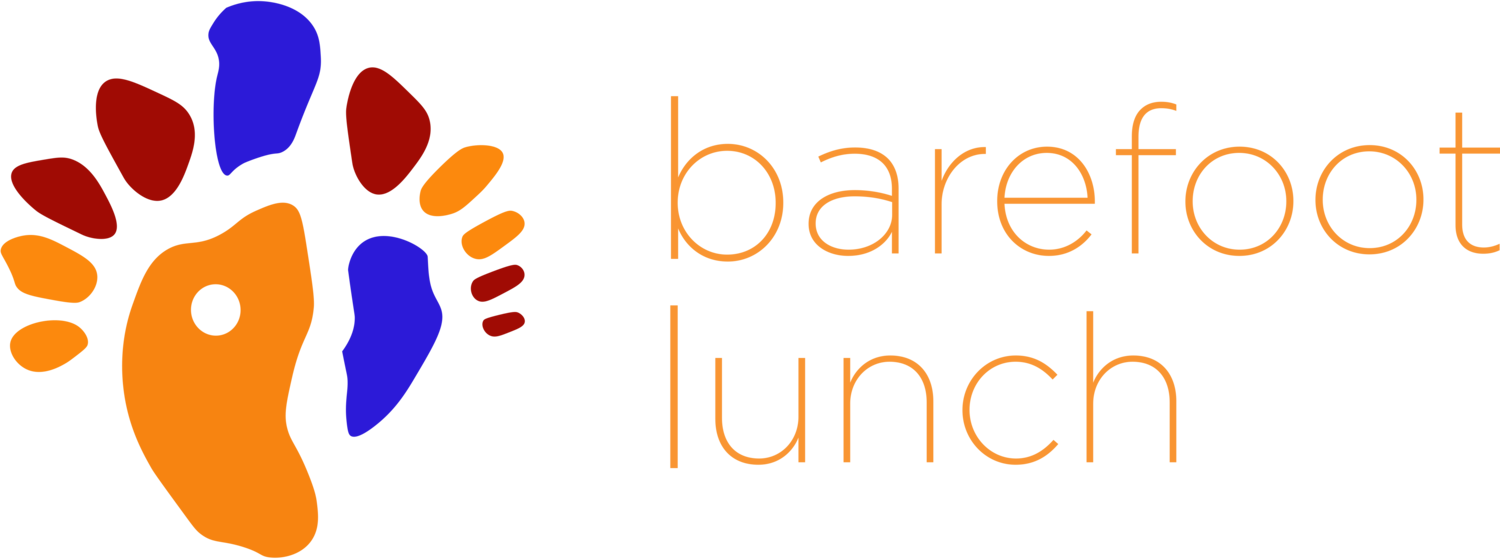Over the last few weeks I've seen many blogs and postings on how to craft a successful resume. But most of the advice is old and some even obsolete for the world of computers. From the hundreds of resumes I see in a month, here are some quick observations on how you can update your resume. I will mention that I know that I'm dating myself and many countries have now switched to video resumes, but that is an article for a different day.
Click here to read in Japanese. (日本語版はこちら)
1. Resumes are first viewed on a computer screen, tablet, and phone. We're in the 21st century now and paper rarely is the first place where manager and HR read a resume. When you send a resume through email or a portal, this is key to remember.
2. Treat your resume as a web page. Because your resume will be looked at electronically, it's important to follow some of the rules of web design, such as making sure the top 1/3 of the page is the most important. You can put some color on the resume, but limit it one color apart from black, unless you're looking at marketing or design. As the top 1/3 of the page is prime real estate, ditch the objectives and summaries; usually it's fluff and ignored. Get to the point fast--your best point--be it your University, Company name, Job Title or Unique Certification. For example, "Harvard", "Tesla," "FP&A Manager", and "Six Sigma Black Belt" are all more compelling reasons to meet you than,
"Project Coordinator with over fifteen years of experience. Versatile, bilingual professional with management experience. Seeking a position to manage while ensuring timely completion of project deadlines all while remaining on or under budget."
Yuck! Would skip it. And when I coach people on their resumes, the first thing I do is put a big line through this, especially if this is the first thing that a manager reads on a computer screen.
3. You have 30 seconds. In that amount of time, at a glance, the manager should be able clearly understand 1) what you have done and accomplished and 2) what you want to do.
For that reason, you need to format in a way where job titles, companies, and dates can be spotted quickly. Space things out, use different fonts and formats if necessary, but make it clear.
4. Close for a meeting. The point of a resume is to entice the reader to meet with you. Length doesn't matter, but tight writing, attention to detail, facts, figures, and numbers, those items make for a call to action. A regurgitated job description does not. The simple question, "what have you brought to the job that no one else can do?" separates you from everyone else in that job and will help close for a meeting.
For more information or coaching on your career, contact david.sweet@focuscoregroup.com

